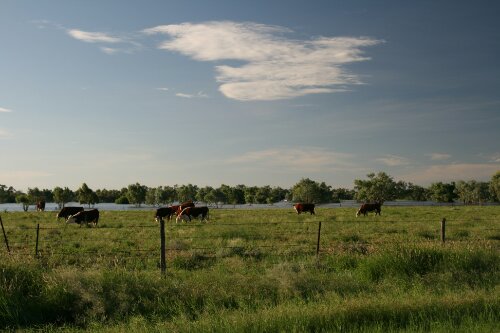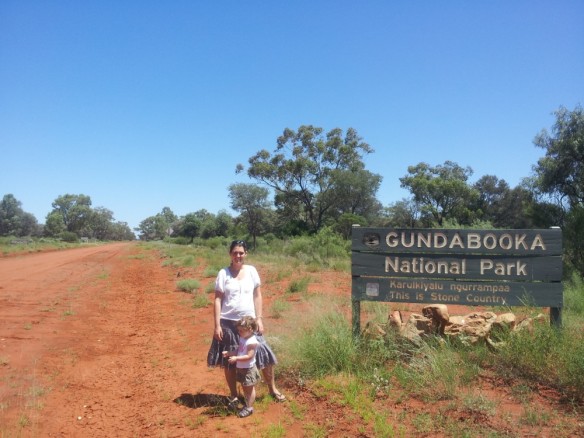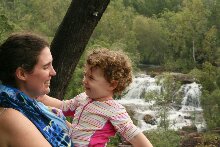First a disclaimer. This post is a rant: pure and simple. Why have a blog if you can’t complain every now and then? So, you’ve been warned – read on at your own risk.
The cover of the Medical Journal of Australia’s recent issue carried the headline “Manna from Country”. It was an issue timed to coincide with NAIDOC week, and is full of good articles relating to Aboriginal and Torres Strait Islander health.
My problem is with the way that we use grammar when we talk about Indigenous issues. Manna from country, living in community, birthing on country, speaking in language, caring for land… the list goes on. It is as if we neglect to use words like “the”, “my”, “his”, “their” for some reason. Where are the definite articles, pronouns and prepositions? (I had to look that up on Wikipedia). I hear these sorts of sentences all the time. In the hospital: “there’s a great resource about diabetes in language”. In the media: “living on country”. About a patient: “He’s going back to community”.
Why do we use these awkward sentences when we talk about Indigenous people? Is it because we are trying to talk like Indigenous people do? We use many other Aboriginal English words in this way: whitefella, walkabout, sorry business, big mob, humbug. I haven’t heard any of my Yolŋu patients talking like this. Or perhaps our jilted English harks back to a colonial era, where domineering white people talked to Indigenous people in a simplified way, assuming they wouldn’t understand. Or perhaps this is just the way that everyone talks and we never question it.
I think we should question the way we talk. When we say “he’s going back to country”, perhaps we should say “he’s going back to his country”, and indicate ownership through our language. Or when we say “translate this into language”, perhaps we could say “translate this into Yolŋu Matha”, and by naming the language identify its importance. At the very least, we could try to use proper grammar when we talk about Indigenous people.
I’m glad I got that off my chest. Thanks for reading to here!







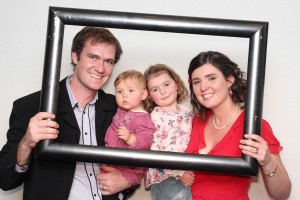
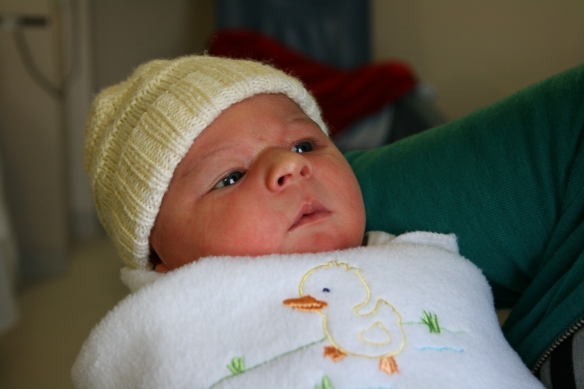




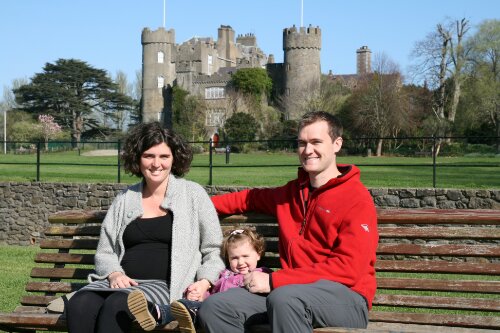
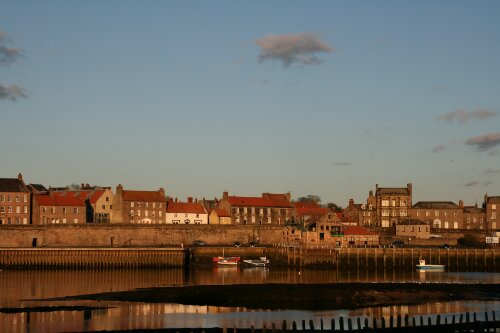



 For GPs in Australia, an increasing amount of time is spent managing patients with chronic health problems using tools called care plans. There are GP Management Plans, Team Care Arrangements, Health Checks, Mental Health Care Plans, Asthma Management Plans, Diabetes Annual Cycle of Care and others. Most of these involve filling out a lengthy document outlining the patient’s health issues, medications, progress and goals. Often these plans are produced collaboratively between the practice nurse and the doctor. At the end of the process, the patient is offered a copy of the plan and a significant sum of money is paid by Medicare to the doctor. But is this process effective in achieving improved outcomes for people with chronic diseases? Is this process working for Aboriginal people particularly?
For GPs in Australia, an increasing amount of time is spent managing patients with chronic health problems using tools called care plans. There are GP Management Plans, Team Care Arrangements, Health Checks, Mental Health Care Plans, Asthma Management Plans, Diabetes Annual Cycle of Care and others. Most of these involve filling out a lengthy document outlining the patient’s health issues, medications, progress and goals. Often these plans are produced collaboratively between the practice nurse and the doctor. At the end of the process, the patient is offered a copy of the plan and a significant sum of money is paid by Medicare to the doctor. But is this process effective in achieving improved outcomes for people with chronic diseases? Is this process working for Aboriginal people particularly?




